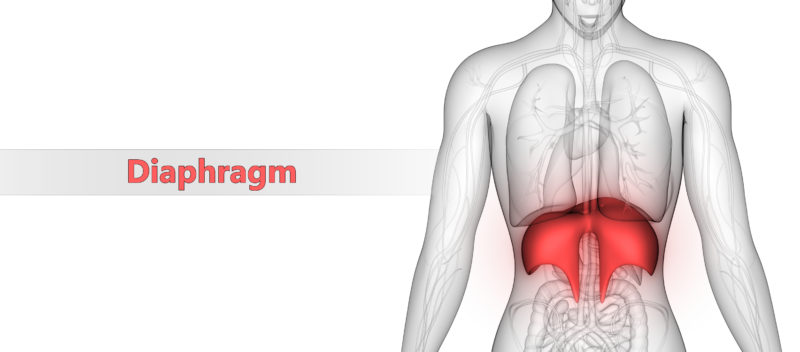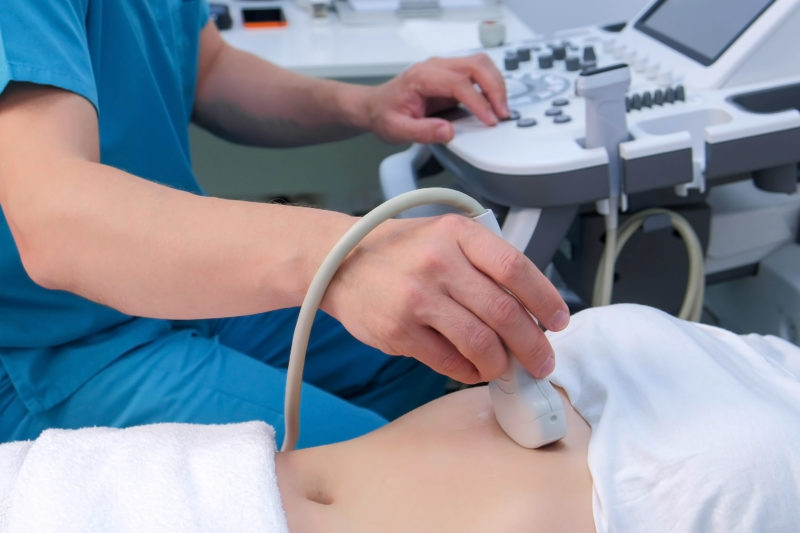What is MALS?
MALS is a condition where a diaphragm ligament (median arcuate ligament) narrows the main artery to the stomach, liver, spleen and pancreas. This is called the coeliac artery. It mostly will affect young women who have stomach pain after eating or exercise. They might also have nausea, vomiting and weight loss.
Some narrowing of the coeliac artery will be found in about 1:30 people who have no symptoms at all.
It is not well known. People with MALS have a wide range of symptoms and diagnosis is hard and treatment results vary.
What causes compression of the coeliac artery?
The diaphragm is a muscle that is important for breathing. Where it joins the spine at the back of the stomach, there is a tough ligament called the median arcuate ligament. The main artery to the stomach passes through this area and can be narrowed by this ligament.
When narrowing has been there for a long time, scarring can occur inside the artery causing a permanent narrowing. Over time, the artery beyond this narrowing can dilate and become an aneurysm.

What are MALS symptoms?
Most people with MALS have pain in their upper stomach. This may be worse after eating and sometimes after exercise. Nausea and weight loss are also common. Sometimes we can hear turbulence from the narrowing in the artery with a stethoscope. People with MALS are also more likely to suffer from anxiety.
How is MALS diagnosed?
Most people with possible MALS will have already seen a gastroenterologist to rule out the common causes of stomach pain, such as gallstones and stomach problems.
With ultrasound it is possible to see in real time the effect of breathing on the coeliac artery. In MALS, the artery narrows and changes position significantly when breathing out.

CT scan, performed when breathing in and out, is also very useful to show the area of narrowing affecting the coeliac artery. It has a ‘hook’ shape. CT scan will also give a lot of information about other arteries and organs. MR scan and sometimes an artery X-ray, called angiography, are also useful.
Some other causes
Surrounding the coeliac artery is a cluster of nerves. Some will send pain signals from the stomach to the brain. Pressure on these nerves from the ligament will likely be another important factor in the pain caused by MALS.
What treatment is available?
Once a diagnosis of MALS seems likely, the aim of treatment is to relieve the pressure on the coeliac artery. We do this by dividing the ligament. This is typically a minimally invasive procedure and, as well, the nerves around the artery will most likely be taken out at the same time.
If there is still a narrowing in the coeliac artery after treatment, a stent may be needed to open up the artery to a normal size.
And the results?
Most patients (>80%) get relief of their symptoms straight away after treatment and few will have these return.
